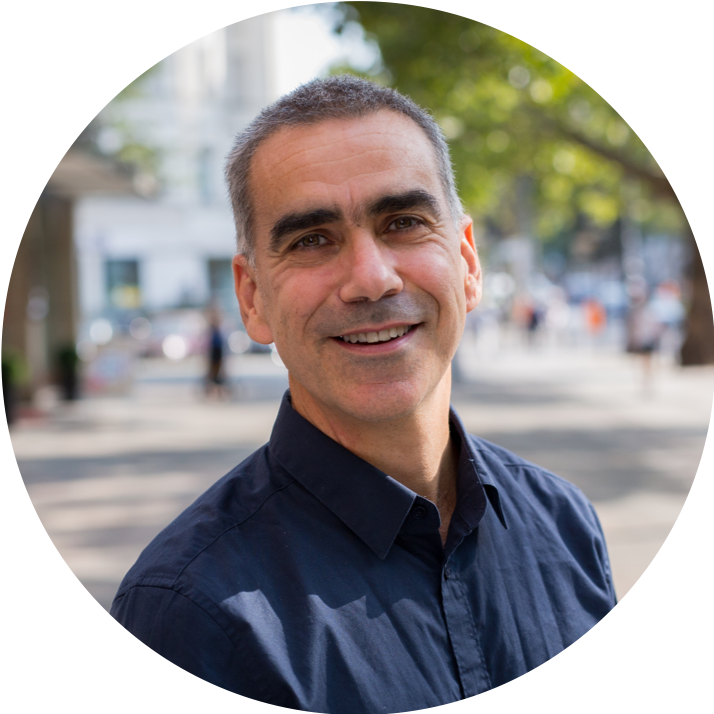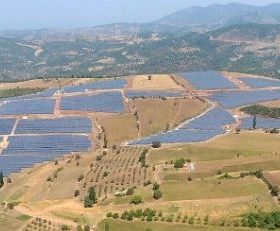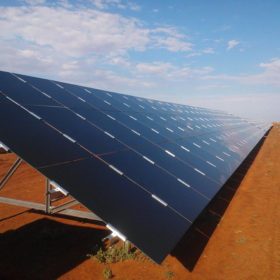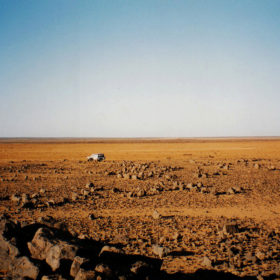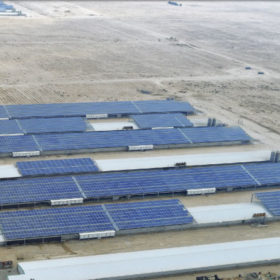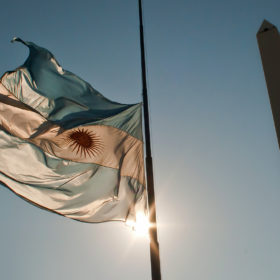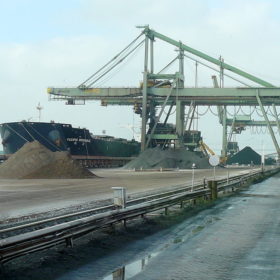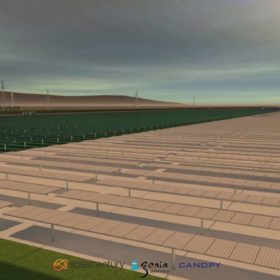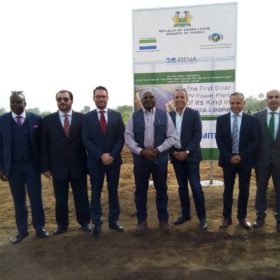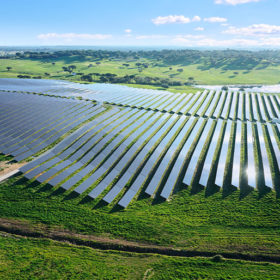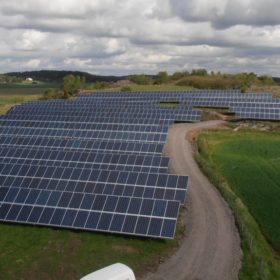Asunim plugs in 40.3 MW of PV in Turkey
The solar park consisting of two different sites was built near Manisa, in Turkey’s western Aegean Region.
Ternienergia to sell 17 MW of PV assets in Italy
The operation is part of the company’s strategic repositioning aimed at selling, among other things, non-core PV assets. All of the projects are located in Italy.
Acwa Power secures financing for 61.3 MW Jordan project
The project’s lenders are the European Bank for Reconstruction and Development (EBRD), Deutsche Investitions- Und Entwicklungsgesellschaft Mbh (DEG) and Arab Bank to Risha for Solar Power Projects PSC. The facility will be built in the eastern province of Risha by the first quarter of 2019.
Israel to reintroduce FITs for rooftop PV up to 50 kW
A new scheme aimed at supporting all rooftop PV segments is expected to be launched soon by the government. The new mechanism includes net metering, although with an additional grid fee covering storage costs, and FITs for small-scale solar. The government is also planning new auctions for rooftop solar geared towards new models of entrepreneurship.
Argentina awards additional 259 MW of PV in third auction round
The developers of the five newly selected PV projects, which were initially excluded from the round, have agreed to reduce their prices to the levels of those selected in late November. The additional solar capacity has raised the total assigned power for PV up to 816.3 MW.
Coal specialists EMO, JERA enter solar industry
The Dutch shipment company and the Singapore-based coal trader will begin providing the global solar industry with specialty metallurgical coals.
Spain’s Extremadura region prepares to host another giant solar plant
The new 300 MW project is being planned by U.K.-based Solarcentury, Spanish developer Genia Global Energy, and France’s Canopy.
Sierra Leone begins construction on its first solar park
The 6 MW Solar Park Freetown will be built with the support of the Abu Dhabi Fund for Development (ADFD).
AMP Capital invests €245 million for RE development in Neoen
The French independent power producer will use the funds for the development of 1.6 GW of wind and solar in France and Australia.
Vattenfall’s Dutch unit Nuon to build 200 MW of PV
The company has also been granted a licence for the deployment of 12 MW of storage in the Netherlands.
